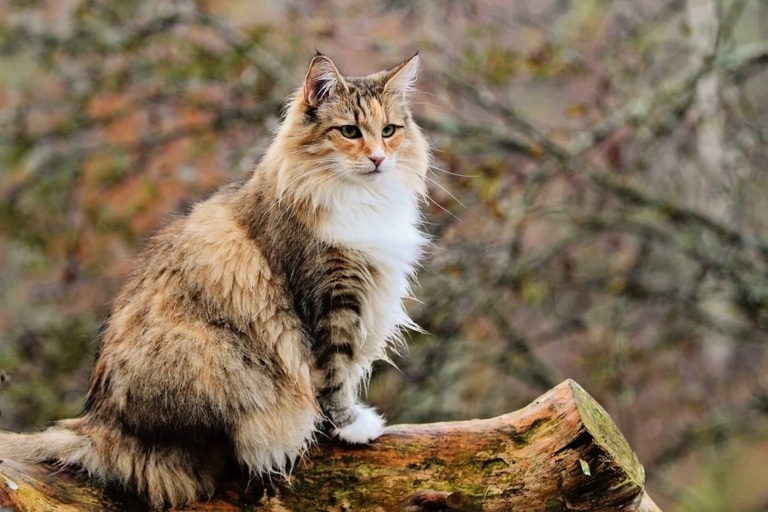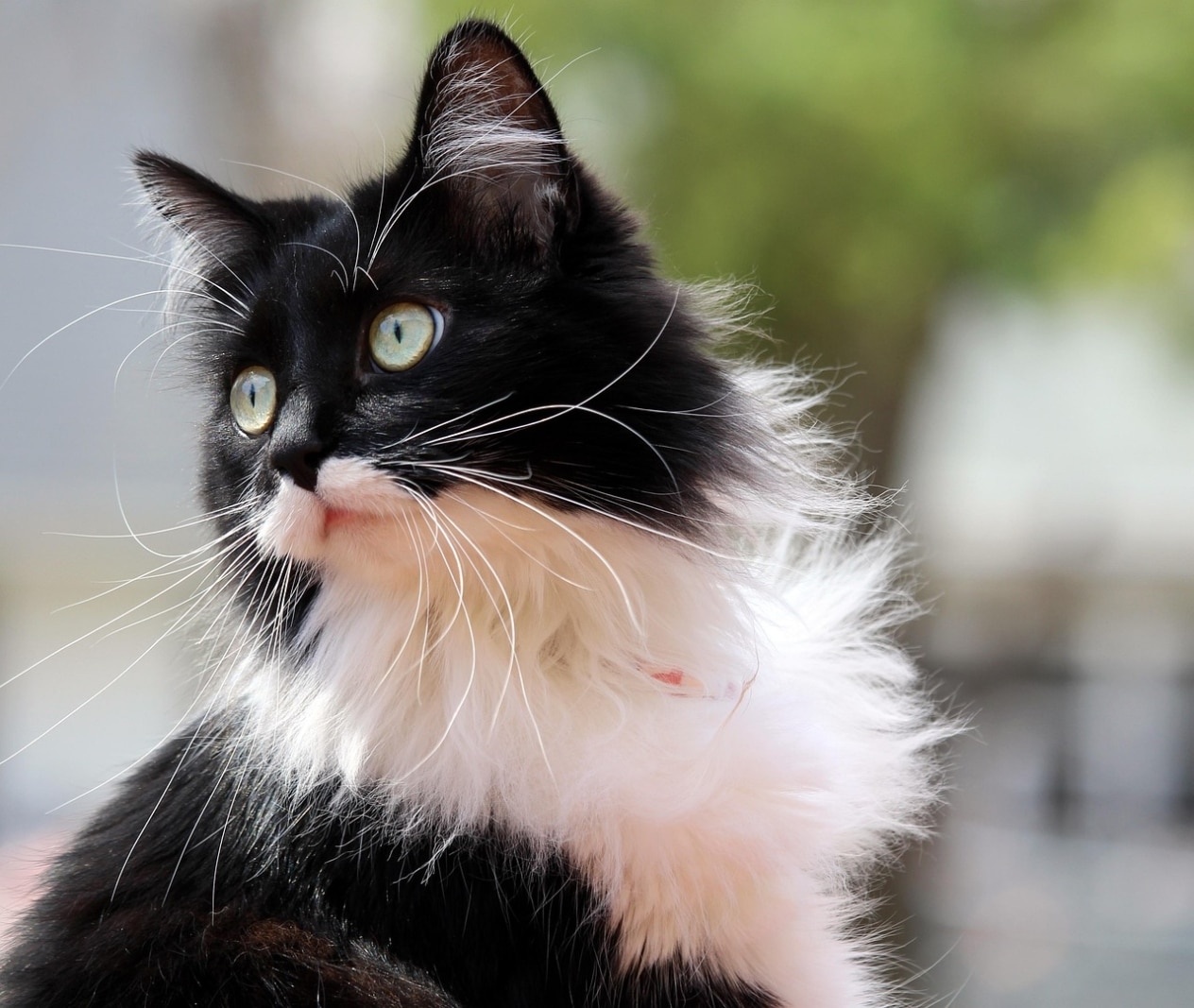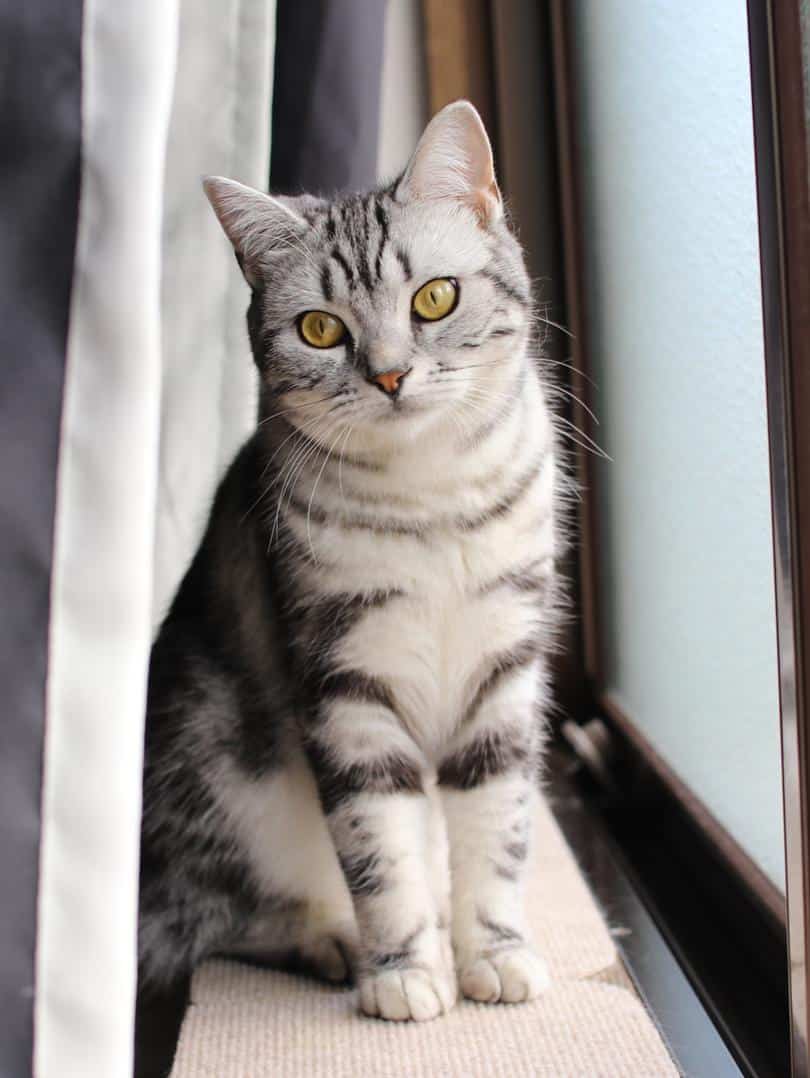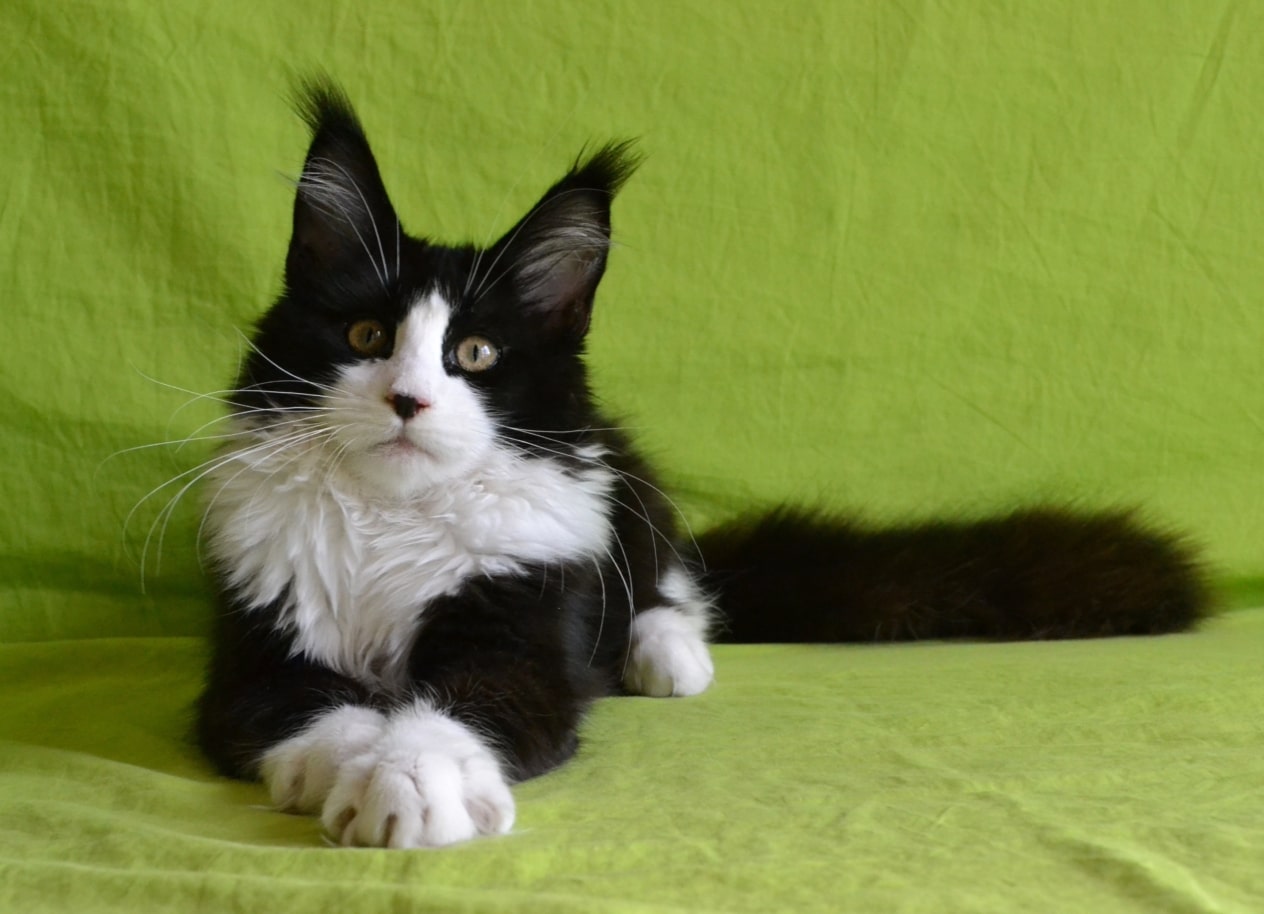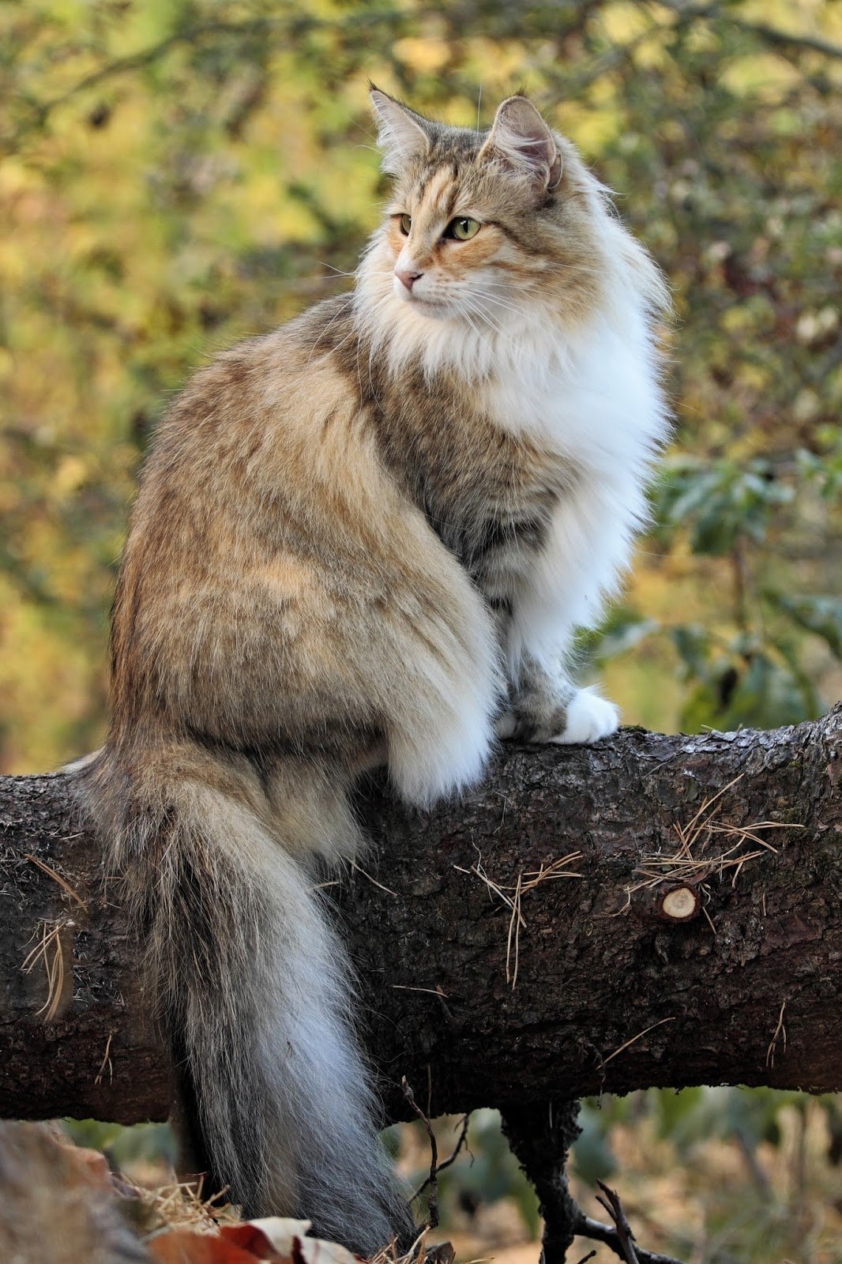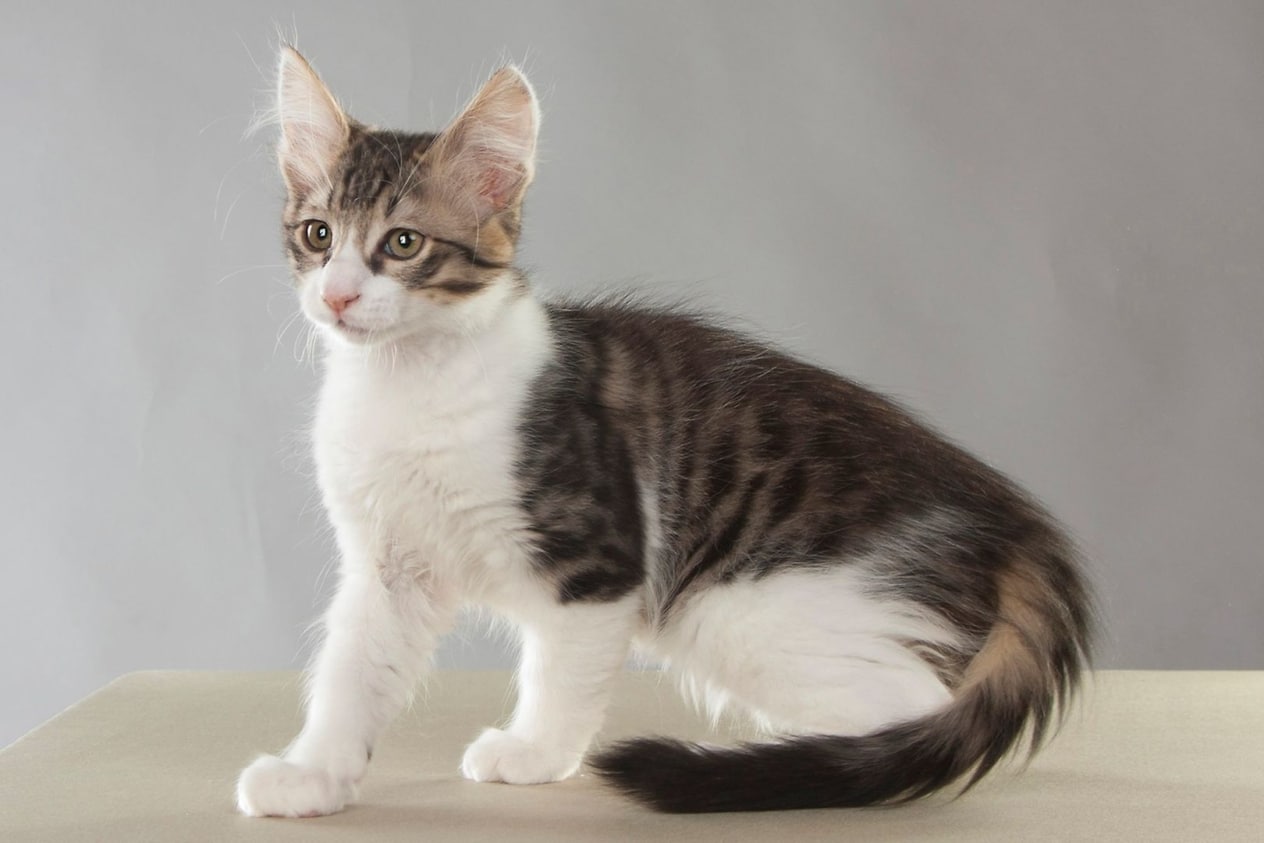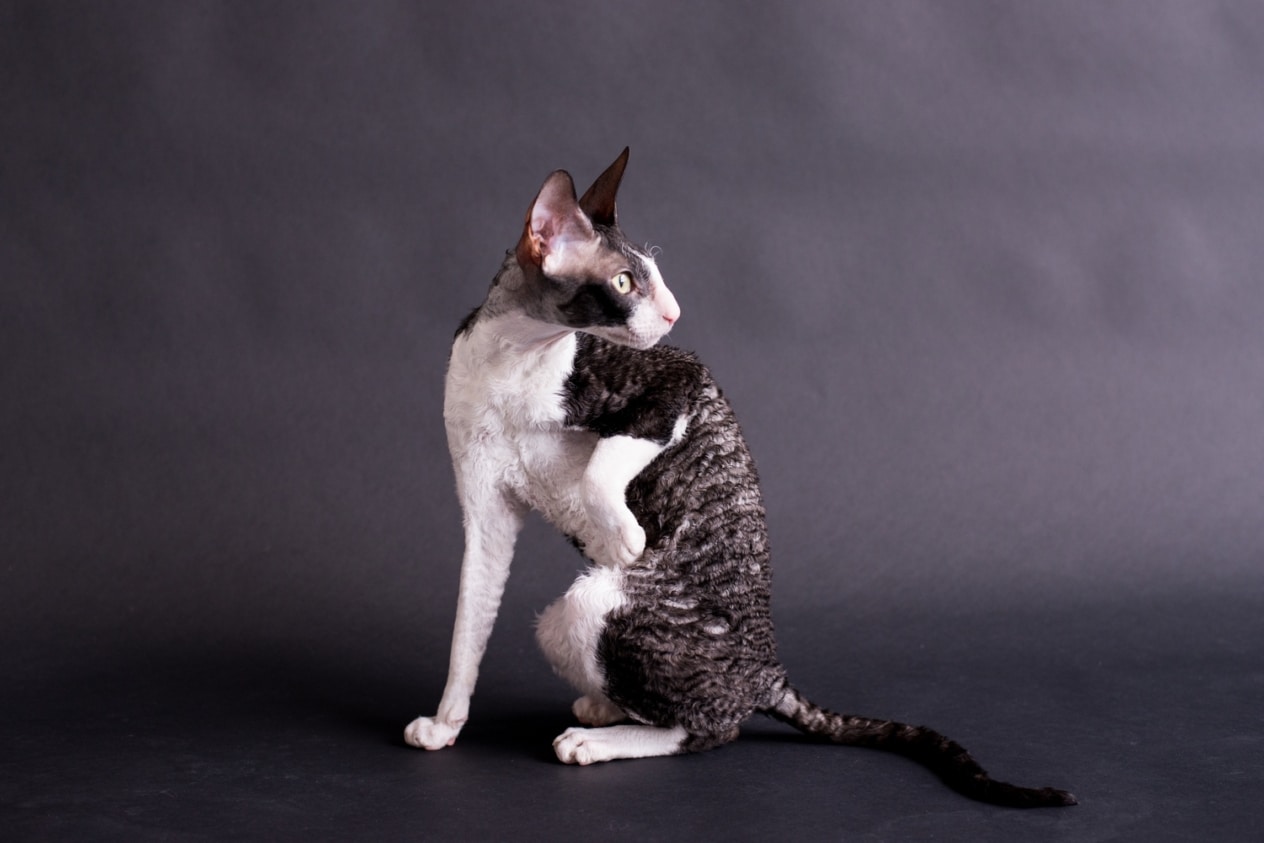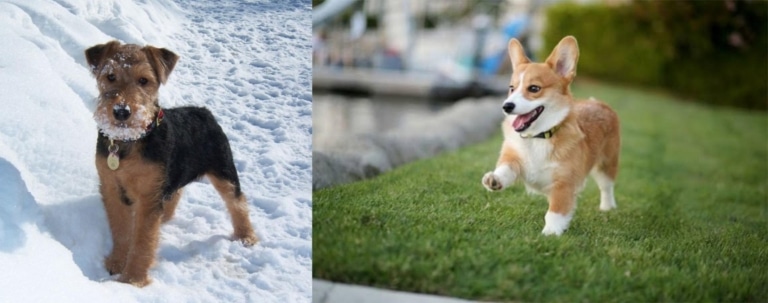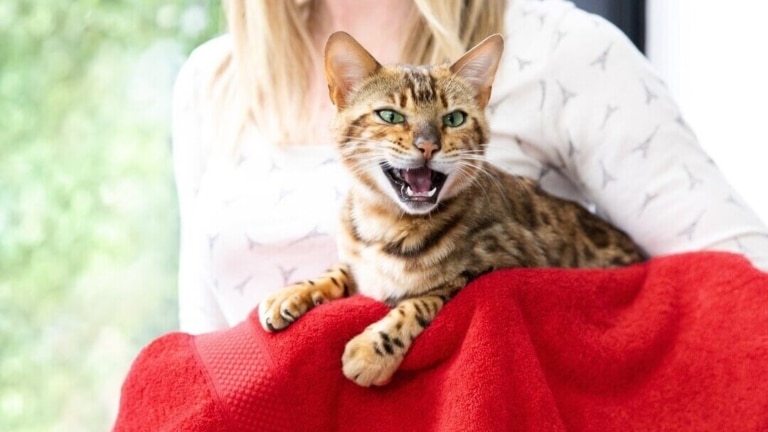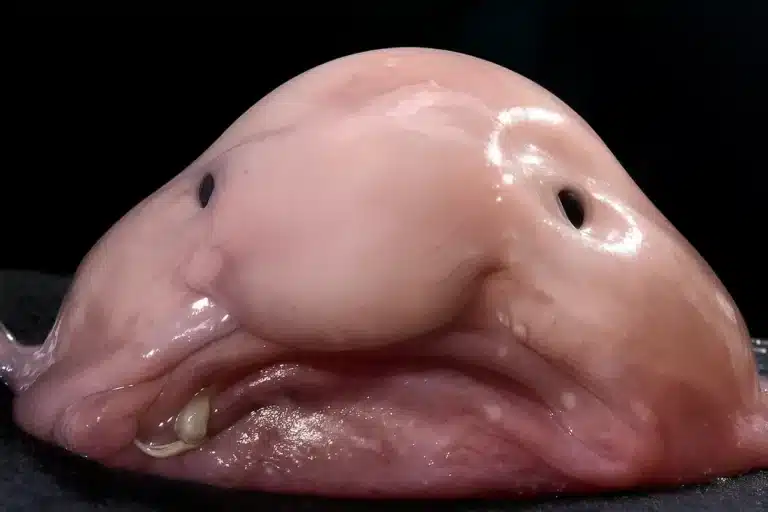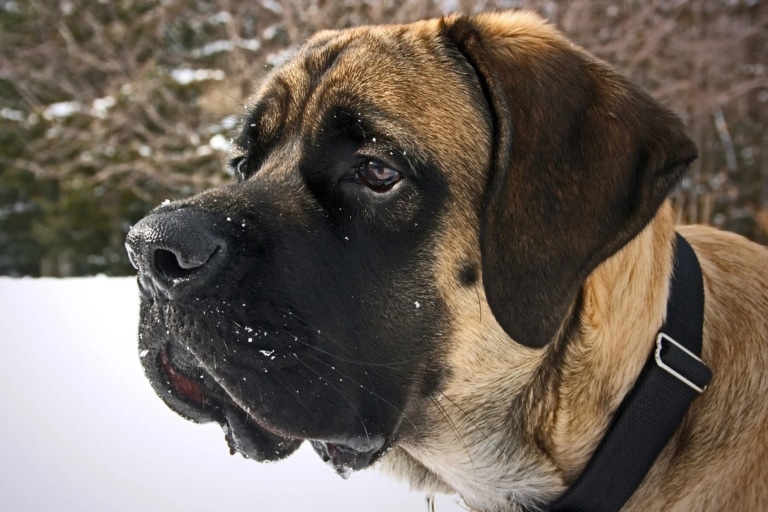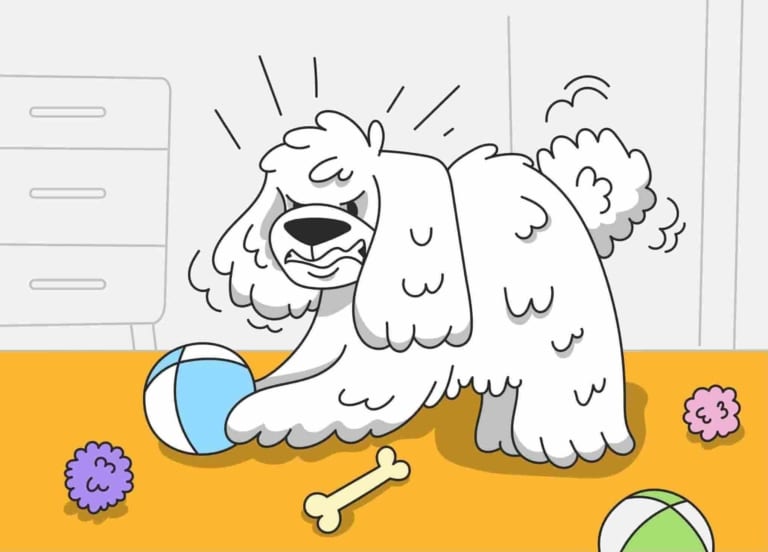Cats with black-and-white tuxedo- or tailcoat-like coloration immediately attract attention. They look elegant, graceful, and a little comical: it seems as if they are always ready for a formal reception. But despite the fact that many people consider the Tuxedo to be a breed, it is only a type of color that can be found in a wide variety of breeds.
This color is due to genes responsible for partial leucism – when some parts of the coat remain white and the rest have pigment. Most often, a tuxedo cat has a black body with white paws, chest, belly, and muzzle, although the pattern can vary slightly.
Breeds in which the tuxedo color is common
Domestic Shorthair
The most common representative of the tuxedo color. It is not a breed in the classical sense but a genetically mixed cat with short hair that can be found in every city. They can be playful, affectionate, cunning, and because of their black and white color, they look especially recognizable. These cats are most often called “tuxedo cats.”
American Shorthair
A strong and hardy breed that combines ease of care with a pleasant disposition. Tuxedo is one of the standard color options for this breed. American Shorthair cats have a dense coat and do well in families with children.
Maine Coon
These huge fluffy beauties with a thick mane around their necks look gorgeous in any color, but the tuxedo adds a special charm. A contrasting white bib on a black background further emphasizes their majesty and balanced character. This Maine Coon looks like a real lord.
Norwegian forest cat
A natural, hardy, and intelligent breed that is perfectly adapted to the cold. Norwegians often have a classic black-and-white tuxedo coat, which is especially effective on their long, thick fur with a collar around the neck. Their image is both wild and sophisticated.
Turkish Angora cat
This elegant breed is most often associated with snow-white cats, but Angora cats also come in two colors. The black-and-white Angora is a real exotic: graceful, with a long tail and an intelligent look.
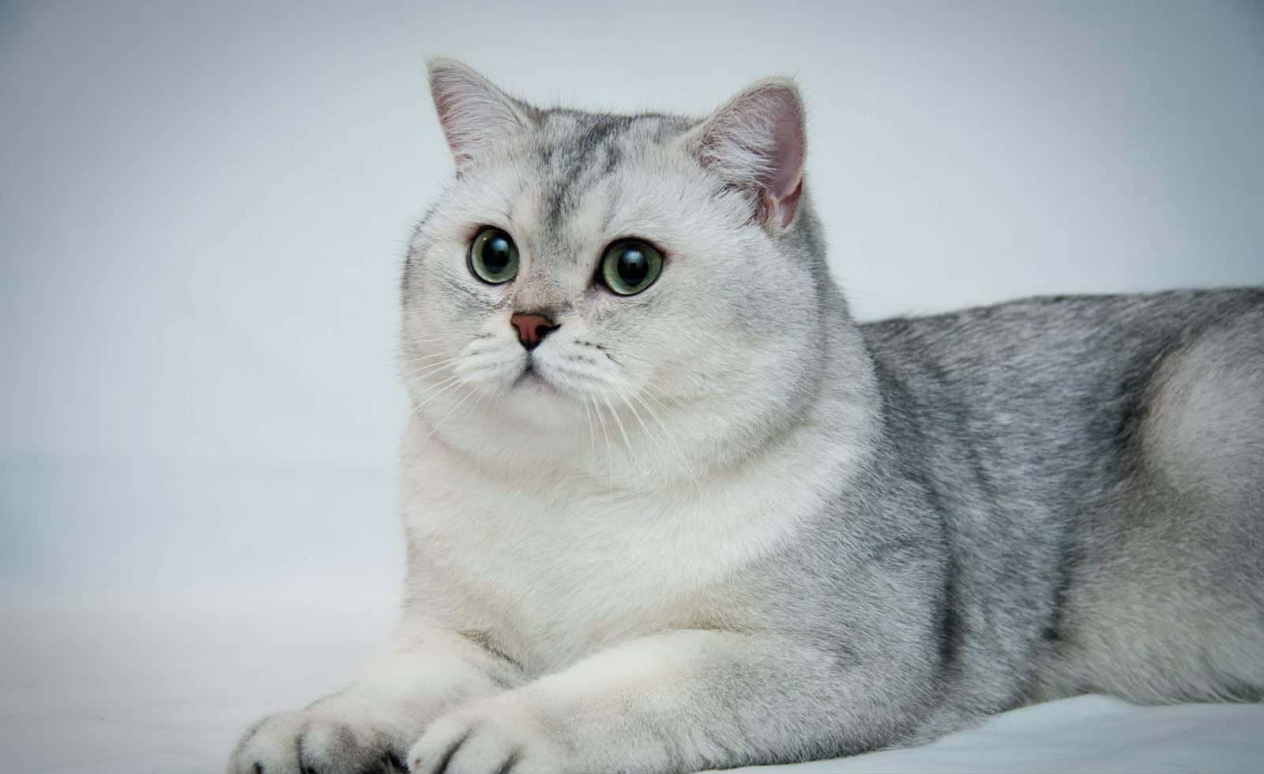
Most people think of the British as a teddy bear, but two-color variations, such as tuxedo, are also common. The white chest, legs, and neat muzzle against a dark background look restrained and noble, which perfectly matches the British character.
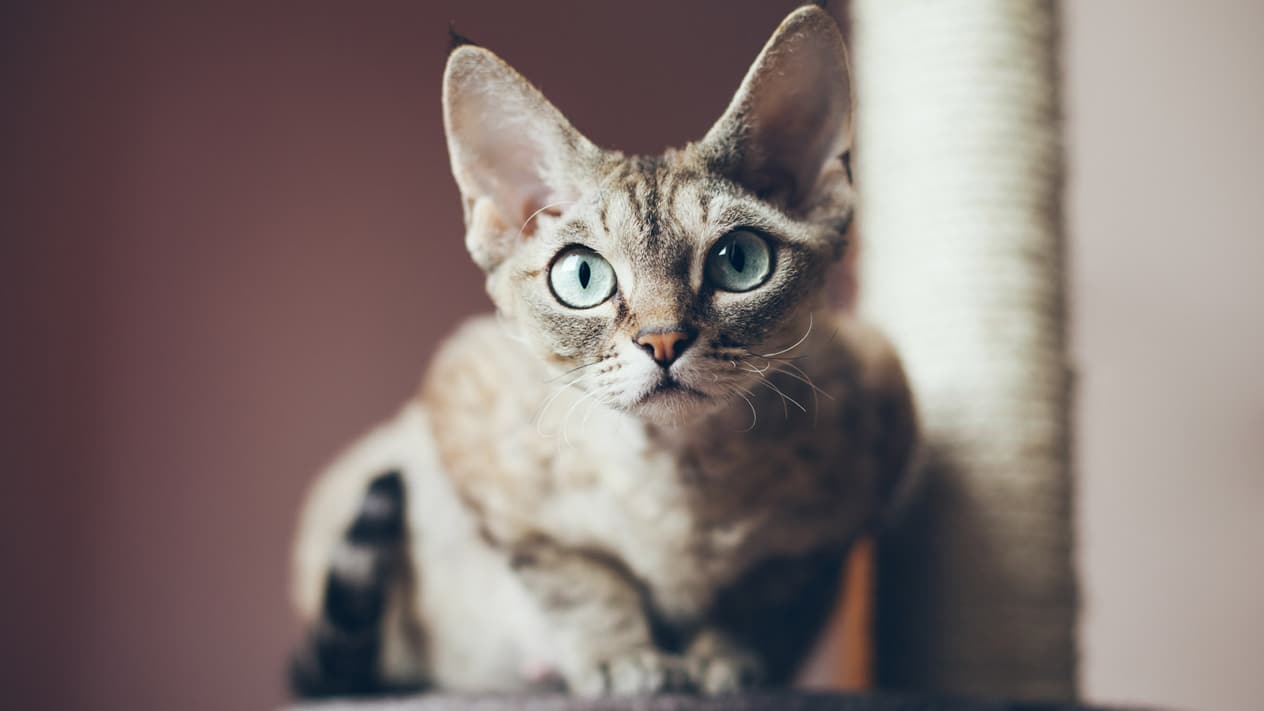
Devon Rex and Cornish Rex
These breeds with short, wavy hair look especially original in contrasting black and white colors. Their large ears, expressive eyes, and unusual appearance make a “tuxedo” look like a real designer suit.
Does color have an impact on character?
Many owners are convinced that a tuxedo cat is also a certain type of temperament. They are called charismatic, intelligent, and a little bit daring. Some owners claim that their “tuxedo” pets are the smartest, most graceful, and at the same time the most stubborn creatures in the world. But does the color really have such an impact?
This has not been scientifically confirmed. The gene that is responsible for the distribution of white in the color does not affect neurophysiology or emotional reactions. This means that a cat’s character is determined not by its “coat” but by a set of other factors: breed genetics, personal characteristics, childhood experiences, upbringing, and environment.
However, it is undeniable that the color shapes our visual image of the animal, and with it, our expectations. A cat that looks like a little gentleman seems to be automatically perceived as well-mannered and intelligent. And vice versa – a white, wayward “snowball” seems to us proud and independent.
However, an interesting combination is often noted in the behavior of tuxedo cats: they are both sociable and independent, agile and calm. Perhaps this is not a coincidence, but the result of the fact that this color is often found in cats with good adaptability to people: from domestic shorthairs to British and Maine Coons.

